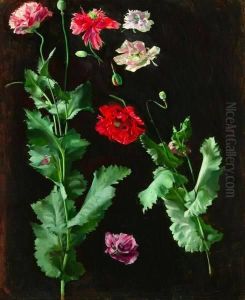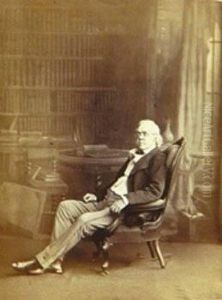Ernest Edwards Paintings
Ernest Edwards was a British photographer and engraver, recognized for his significant contributions to the development of photographic techniques and processes during the 19th century. Born in 1837, Edwards' career spanned a period of rapid innovation and change in the field of photography, making him a pivotal figure in its evolution.
Edwards began his professional life as an engraver but soon shifted his focus to photography, a field that was still in its infancy. He was particularly interested in the potential of photography as a tool for documentation and reproduction, which was a revolutionary concept at the time. His work in heliogravure, an intaglio printmaking or photo-mechanical process whereby a copper plate is chemically etched to reproduce photographs, was among his most notable contributions. This process allowed for the high-quality reproduction of images and played a crucial role in the dissemination of photographic works.
Throughout his career, Edwards was deeply involved in the scientific and artistic communities, contributing to various publications and engaging with contemporary debates about the nature and purpose of photography. He was also an active member of the Photographic Society of London, which later became the Royal Photographic Society, indicating his commitment to the advancement of photography as both an art and a science.
Ernest Edwards' work extended beyond the technical aspects of photography. He was also known for his photographic portraits and landscapes, which captured the essence of the Victorian era. His ability to blend technical skill with artistic sensibility made his work highly sought after, both in Britain and internationally.
Edwards' legacy is not only preserved in his contributions to photographic processes but also in his influence on subsequent generations of photographers. His pioneering work in heliogravure paved the way for the mass production of photographic images, fundamentally changing how people accessed and viewed photographs. Ernest Edwards passed away in 1903, leaving behind a body of work that continues to be studied and admired for its innovation and artistic quality.

